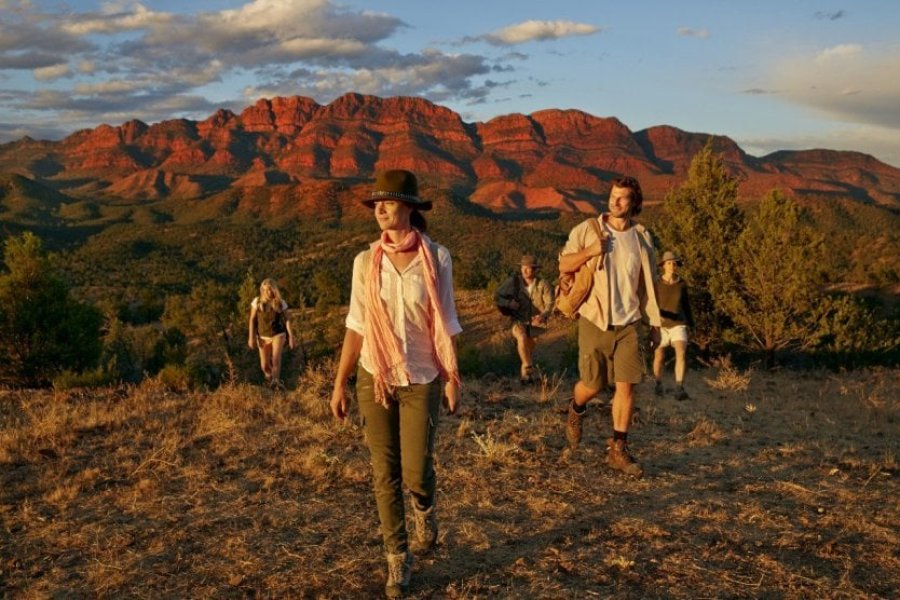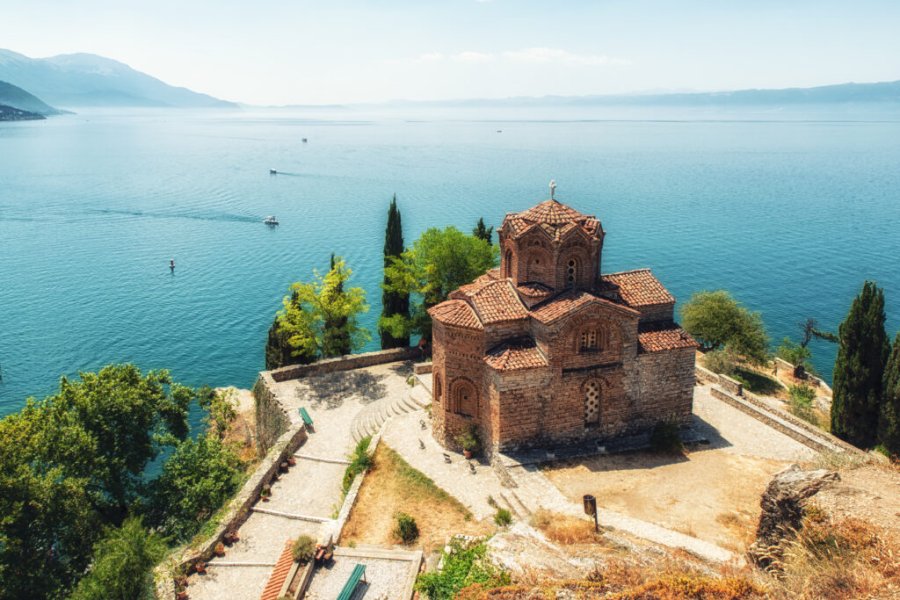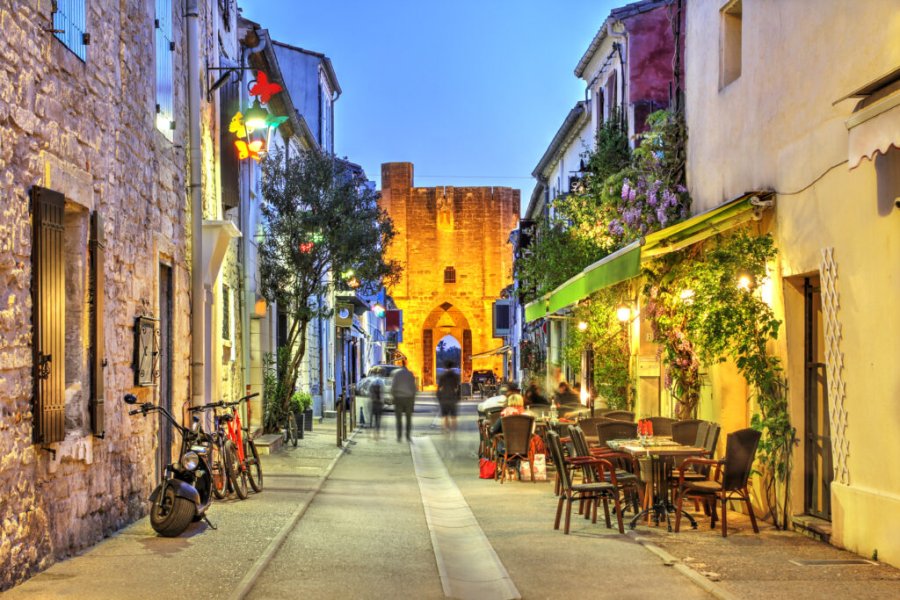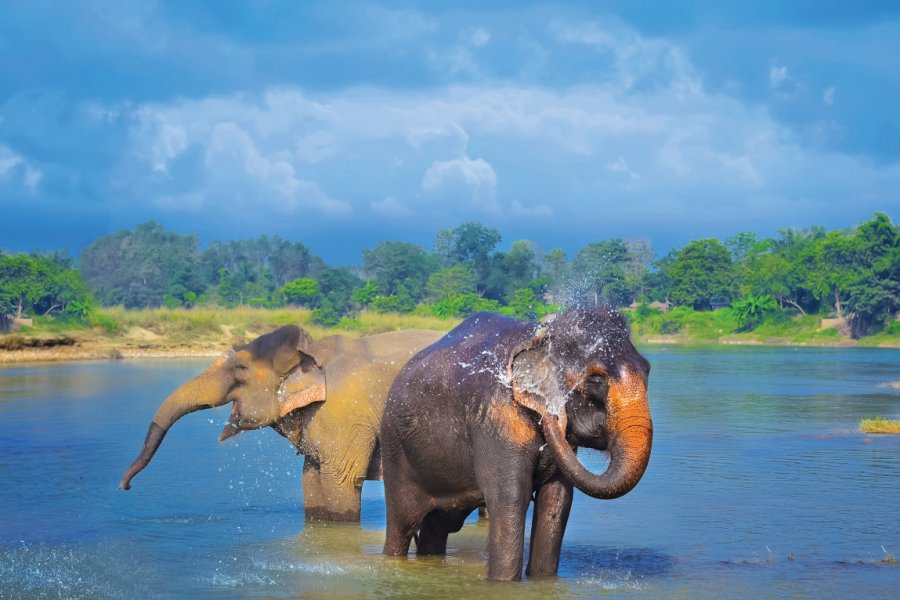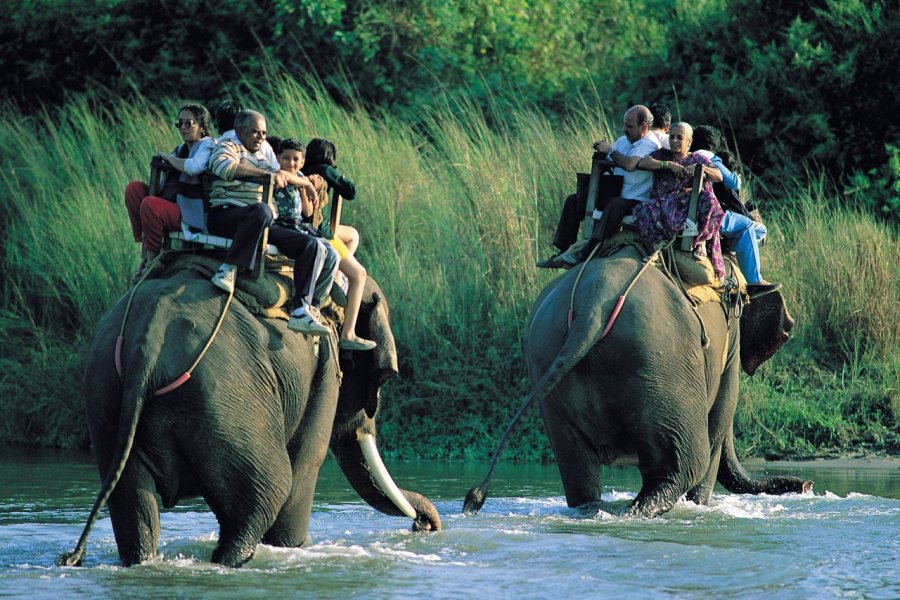Travel Guide Parc National De Chitwan
Find an accommodation
Advertising
In the lowlands of the Terai, at the foot of the Indian and Nepalese mountain ranges, the maharajas used to organize gigantic drives in honor of princes who had come from Europe to this former hunting reserve. Several hundred elephants were mobilized for the occasion. It became Chitwan National Park, Nepal's first national park, in 1973. Listed as a UNESCO World Heritage Site for its incredible biodiversity, it stretches over 932 km2. Tigers and one-horned rhinos, depopulated by years of poaching until 2010, have repopulated the park and are now the pride of the area. As well as macaque monkeys, bears, panthers and gavials (swamp crocodiles) and its multitude of birds. This is undoubtedly one of the finest examples of conservation, but also the most easily accessible park. It's a must for a real safari. Its proximity to Kathmandu, 165 km away, has contributed to its popularity, which in turn has led to a frantic development of the hotel structure in the small village of Sauraha near the park's main gate. The number of jeeps entering here climbs rapidly in high season, and the pleasure is not the same as when cars are rarer. We advise you to come at last during the dry season, around April-May, to optimize your chances of seeing animals moving between the dwindling waterholes.Towards Kasara and Meghauli, a handful of luxury lodges with 2, 3 or 4-day full-board and activity packages face the park on the banks of the Rapti River. They offer more exclusive safaris thanks to their privileged access to the park from the west.
Suggested addresses Parc National De Chitwan
Weather at the moment
Advertising
Organize your trip with our partners Parc National De Chitwan
Transportation
Book your plane tickets
Car Rental
Boat rental
Accommodation & stays
Find a hotel
Holiday rental
Find your campsite
Tailor-made trip
Immersion travel
Services / On site
Activities & visits
Find a doctor
Find unique Stay Offers with our Partners
Pictures and images Parc National De Chitwan
Other destinations nearby Parc National De Chitwan
25 km away
